Don't wanna be here? Send us removal request.
Text

Akmonistion/A. zangerli (Formerly Stethacanthus)
Name meaning: “akmon” = “anvil” & "istion” “sail” (both Ancient Greek) Lived from: 330-323 million years ago Stage/Age: Serpukhovian Epoch: Mississippian Period: Carboniferous Location: Bearsden Scotland Discovered by: Stan Wood Discovery date: 1982 Family: Stethacanthidae Genus: Stethacanthus Domain: Eukaryota Class: Chondrichthyes Order: Symmoriiformes Diet: Small fish and arthropods Akmonistion was a 60cm long shark with an anvil like specialized first dorsal fin called the "spine-brush complex" which is similar to the thoracic shield in placoderms and postparietals in catfish. This dorsal fin would've made it that the Akmonistion most likely couldn't swim fast. It is not confirmed what exactly the function of the spine-brush was but was most likely used to either used to scare away predators, attach to other large animals like a sharksucker, to mate or attract a mate. Its other dorsal fin is made of parallel rods with roots that have sharp ventral tips buried deep into it's skin. The Akmonistion was most likely a bottom feeder because of its small fins and teeth. The Akmonistion also had relatively large and had a pair of whip-like pectoral fin extensions possibly used during mating, with the male pelvic fin having a pair of pelvic claspers.
Note: We are always discovering things and making new scientific discoveries, this is the most accurate information as I am writing this but because of ques and us discovering new things information might not be completely correct during any period of time and if you catch something that's out of date please tell me
#sharkblr#prehistory#akmonistion#a. zangerli#stethacanthus#prehistoric sharks#serpukhovian#mississippian#carboniferous
3 notes
·
View notes
Text

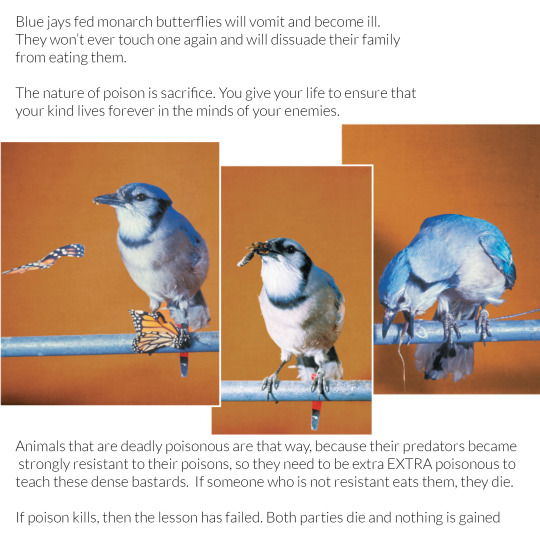

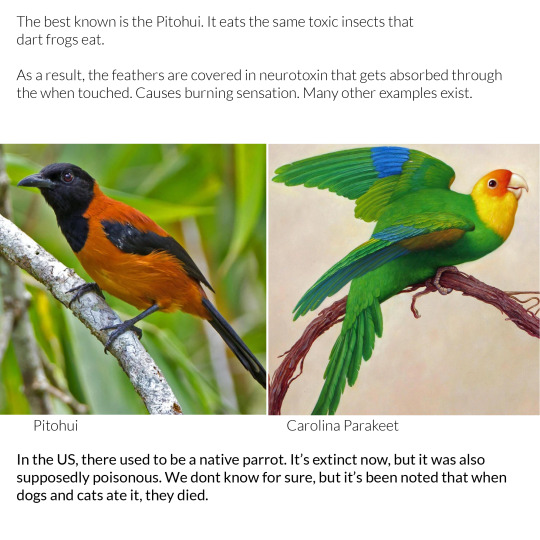
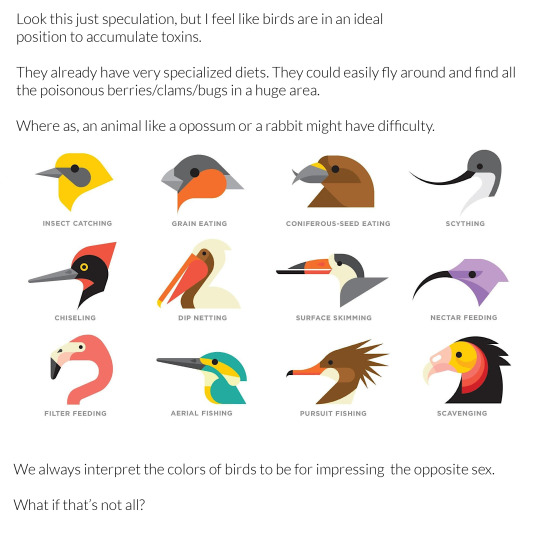

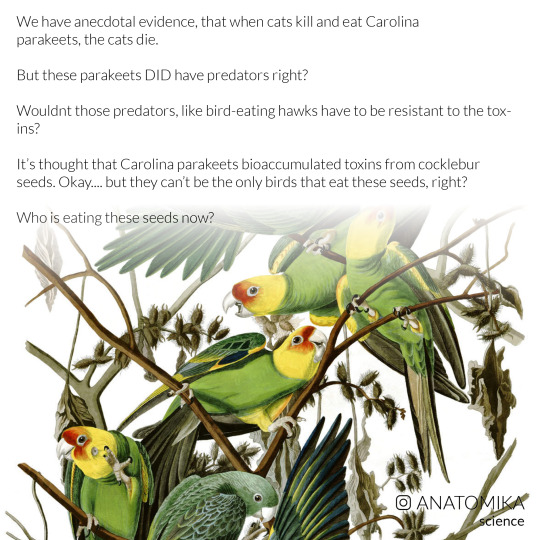



Pardon me for speculating wildly in your general direction, but we all need to be out there, catching and stuffing small birds into our mouths for science.
3K notes
·
View notes
Text
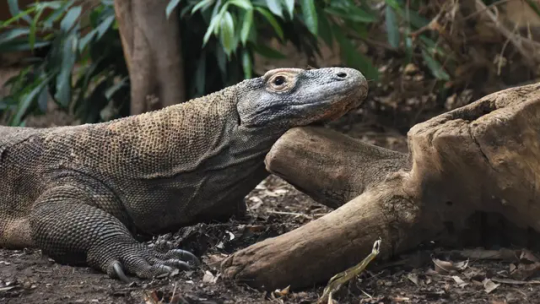
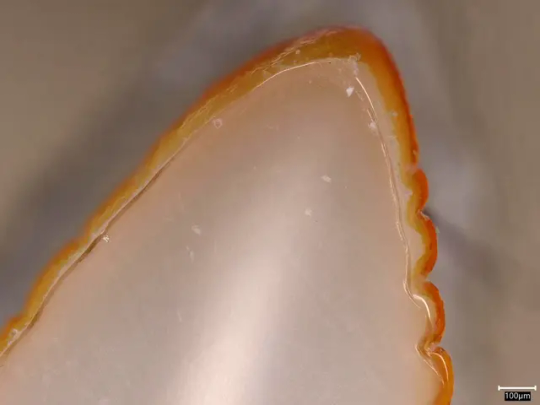
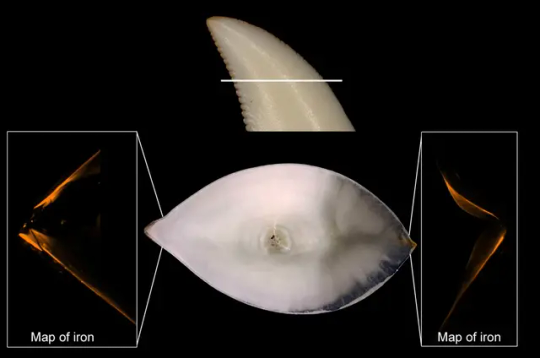
Komodo dragons have iron-tipped teeth, new study shows
Komodo dragons, the world’s largest species of lizard, have iron-tipped teeth that help them to rip their prey apart, according to new research. The metal is concentrated in the cutting edge and tips of their curved, serrated teeth, staining them orange, scientists wrote in a paper published Wednesday in the journal Nature Ecology & Evolution. Komodo dragons are native to Indonesia and weigh around 80 kilograms (176 pounds) on average. They eat almost any kind of meat and are known as deadly predators...
Read more: https://www.cnn.com/2024/07/24/science/komodo-dragons-iron-teeth-scli-intl/index.html
13K notes
·
View notes
Text

The shape of a fish's caudal tail can tell you a lot about how fast the fish moves! A rounded tail is the slowest and a lunate tail is the fastest! The lunate tail has the most optimal ratio of high thrust and low draw, making it the fastest.
Ichthyology Notes 2/?
47K notes
·
View notes
Text
Cyanide Poison
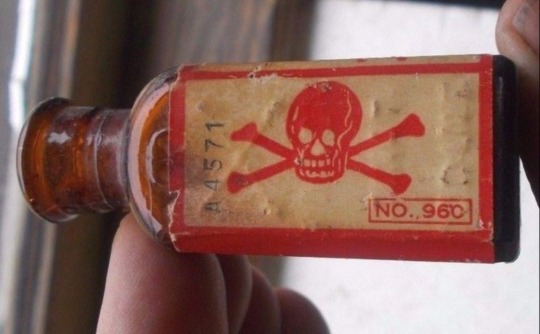
Let's start by understanding exactly how cyanide kills you. In simple terms, cyanide prevents cells from using oxygen to make energy molecules.
The cyanide ion, CN-, binds to the iron atom in cytochrome C oxidase in the mitochondria of cells. It acts as an irreversible enzyme inhibitor, preventing cytochrome C oxidase from doing its job, which is to transport electrons to oxygen in the electron transport chain of aerobic cellular respiration. Now unable to use oxygen, the mitochondria can't produce the energy carrier adenosine triphosphate (ATP). Tissues that require this form of energy, such as heart, muscle cells, and nerve cells, quickly expend all their energy and start to die. When a large enough number of critical cells die, you expire as well. Death usually results from respiratory or heart failure.
Immediate aymptoms include headaches, nausea and vomiting, dizziness, lack of coordination, and rapid heart rate. Long exposure symptoms include unconsciousness, convulsions, respiratory failure, coma and death.
A person exposed to cyanide may have cherry-red skin from high oxygen levels, or dark blue coloring, from Prussian blue (iron-binding to the cyanide ion). In addition to this, skin and body fluids may give off an almond odor.
The antidotes for cyanide include sodium nitrite, hydroxocobalamin, and sodium thiosulfate.
A high dose of inhaled cyanide is lethal too quickly for any treatment to take effect, but ingested cyanide or lower doses of inhaled cyanide may be countered by administering antidotes that detoxify cyanide or bind to it. For example, hydroxocobalamin, natural vitamin B12, reacts with cyanide to form cyanocobalamin, which leaves the body in urine.
These antidotes are administrated via injection, or IV infusion.
Cyanide is actually a lot more common than you'd think. It's in pesticides, fumigants, plastics, and electroplating, among other things. However, not all cyanide are so poisonous. Sodium cyanide (NaCN), potassium cyanide (KCN), hydrogen cyanide (HCN), and cyanogen chloride (CNCl) are lethal, but thousands of compounds called nitriles contain the cyanide group, yet aren't as toxic. They still aren't terribly good for you, so I wouldn't go around ingesting other cyanide compounds, but they're not quite as dangerous as the lethal kind.
Thank you for reading, have a lovely day :)
49 notes
·
View notes
Text


Tuatara (Sphenodon punctatus), family Sphenodontidae, order Rhynchocephalia, endemic to New Zealand
There were once 2 recognized species of Tuatara, but now they are considered to be just one species.
This is not a lizard.
This is the only member of the reptile group Rhynchocephalia that is still around. All other species went extinct millions of years ago.
Tuataras were eradicated by humans and introduced species from the main islands of New Zealand, and now only occur on small islands near the North Island and far north of the South Island. (*There has been some modest success re-introducing them to the main islands.)
This is one of my very favorite animals!!!
photograph by Chung-Wei Logan You
695 notes
·
View notes